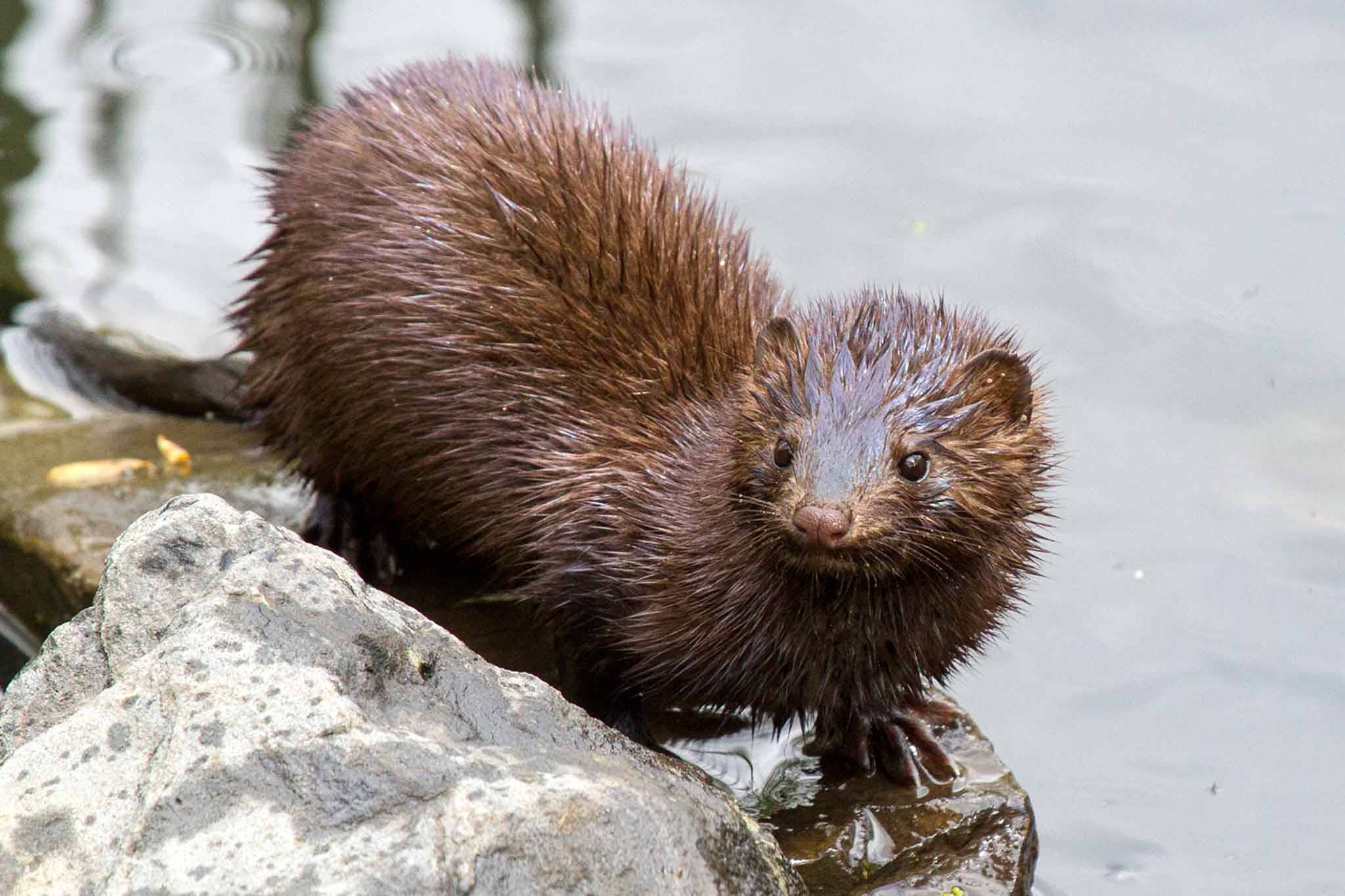Detected the first case of coronavirus in a wild animal
From the end of August to October 30, a team from the Animal and Plant Health Inspection Service of the US Department of Agriculture (USDA) conducted a wildlife survey, especially on small carnivores, around the farms, and sighted furriers infected with SARS-CoV-2 in the States of Utah, Michigan and Wisconsin.
These inspections, which were conducted as part of the One Health investigations and were supported by the Centers for Disease Control and Prevention, the U.S. Geological Survey, and state departments of Agriculture, Natural Resources and Health have made it possible to identify the first wild specimen of the American mink (Neovison vison), a native North American mustelid, infected by covid-19.
“The sequence of the viral genome obtained from the wild mink sample was indistinguishable from those obtained from the farm mink,” say Thomas DeLiberto and Susan Shriner, researchers at the USDA, in a statement, in which it is ruled out that it is an escaped animal adapted to the environment.
The animal, which was found in freedom in the State of Utah, underwent a real-time RT-PCR and the sample of a nasal swab was sequenced. Given the positive results, the US agency notified this detection of coronavirus in a wild mink to the World Organization for Animal Health (OIE) as part of the epidemiological study carried out in those areas.
However, despite the presence of the virus in wildlife, scientists indicate that “there is no evidence that SARS-CoV-2 is circulating or has become established in wild populations surrounding infected farms.” All other animals of other species that were sampled were negative.
High sensitivity of domestic mustelids
The high sensitivity of minks had already been demonstrated with infections on fur farms in Denmark, the Netherlands, the USA and even Spain. Furthermore, in a study, recently published in the journal PLoS Computational Biology, a group of scientists led by the Center for Genomic Regulation (CRG) showed that after humans, mustelids such as ferrets, as well as cats, civets and dogs they are the animals most susceptible to virus infection.
The work, which analyzed a total of ten different species, details that ducks, rats, mice, pigs and chickens have, on the contrary, a lower or no susceptibility to the disease compared to humans. “Knowing which animals are susceptible to SARS-CoV-2 helps us prevent the creation of animal reserves from which the coronavirus can re-emerge over time,” says Luis Serrano, ICREA research professor, director of the CRG and lead author of the study.
Furthermore, “the findings offer a clue as to why the disease infects minks, which are closely related to the ferret. This situation is accentuated by their living conditions in crowded spaces and close contact with human workers ”, emphasizes the researcher.
Source: Sinc Agency
